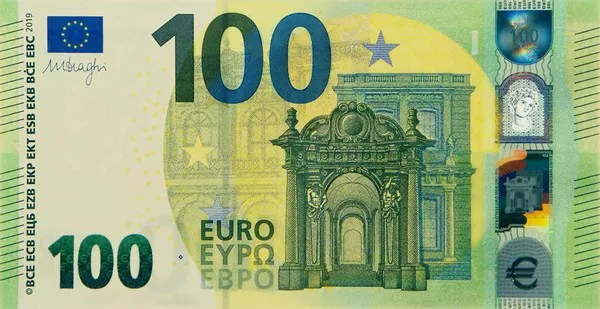In the dynamic world of international finance, exchange rates play a pivotal role in shaping global economic landscapes. Investors, businesses, and individuals alike closely monitor currency fluctuations, and one of the key pairs under scrutiny is the Euro to Dollar exchange rate. In this article, we delve into the specifics of the current exchange rate, focusing on the valuation of 100 Euros in dollars, and provide an in-depth analysis of the factors influencing this financial metric.
Understanding the Current Exchange Rate
Before delving into the analysis, let’s establish the current EUR to USD exchange rate for 100 Euros. As of the latest data available, 100 Euros is equivalent to 109.08 US dollars. This numerical snapshot sets the stage for our exploration into the driving forces behind this valuation and its broader implications.
Factors Influencing Exchange Rates
Exchange rates are influenced by a myriad of factors, ranging from economic indicators to geopolitical events. Understanding these elements is crucial for anyone looking to comprehend the dynamics of currency valuations. Here are some key factors affecting the current Euro to Dollar exchange rate:
Economic Indicators and Monetary Policy
Economic indicators, such as interest rates and inflation, play a significant role in shaping exchange rates. Central banks, like the European Central Bank (ECB) and the Federal Reserve, implement monetary policies that impact these indicators and, consequently, currency values.
Trade Balances and Current Account Deficits
The balance of trade and current account deficits or surpluses can influence the demand for a currency. Countries with trade surpluses often experience a stronger currency, while those with deficits may see their currency weaken.
Political Stability and Geopolitical Events
Political stability is a key determinant of currency strength. Geopolitical events, such as elections, policy changes, and international conflicts, can lead to volatility in exchange rates.
Market Sentiment and Speculation
Investor sentiment and speculative activities in the foreign exchange market can cause rapid and unpredictable movements in exchange rates. Traders often react to news, rumors, and global events, contributing to short-term fluctuations.
Global Economic Conditions
The overall health of the global economy can impact exchange rates. Economic growth, employment rates, and other macroeconomic indicators influence investor confidence and, subsequently, the value of currencies.
Current Exchange Rate Analysis
Now that we have established the groundwork, let’s delve into a detailed analysis of the current Euro to Dollar exchange rate for 100 Euros.
Recent Trends and Historical Performance
Examining the recent trends and historical performance of the EUR to USD exchange rate provides valuable insights into potential future movements. Analyzing patterns and identifying recurring factors can help forecast possible scenarios.
Central Bank Policies and Decisions
The decisions and policies of central banks, particularly the ECB and the Federal Reserve, have a direct impact on exchange rates. Any recent policy shifts or announcements could explain fluctuations in the Euro to Dollar valuation.
Trade Relations and Economic Agreements
The state of trade relations and economic agreements between the Eurozone and the United States can influence currency values. Trade deals, tariffs, and negotiations can have both short-term and long-term effects on exchange rates.
Inflation Differentials
Variances in inflation rates between the Eurozone and the United States can affect the relative value of their currencies. Central banks often use inflation targeting as a tool for monetary policy, impacting exchange rates.
Global Events and Market Volatility
Unforeseen global events, such as natural disasters, pandemics, or financial crises, can trigger market volatility. Examining how such events impact the Euro to Dollar exchange rate provides a holistic view of the currency’s resilience.
Conclusion
In conclusion, the current Euro to Dollar exchange rate for 100 Euros reflects the intricate interplay of economic, political, and global factors. Understanding the dynamics behind this valuation is crucial for investors, businesses, and individuals navigating the ever-evolving landscape of international finance. As we continue to monitor exchange rate movements, staying informed about the factors outlined in this analysis will empower stakeholders to make informed decisions in the complex world of currency markets.
Related Topics:
What Makes the Euro Strong: An Ultimate Guide
Buying Euros: In USA or Europe?
What is Euro FX: How They Work in Trade

























